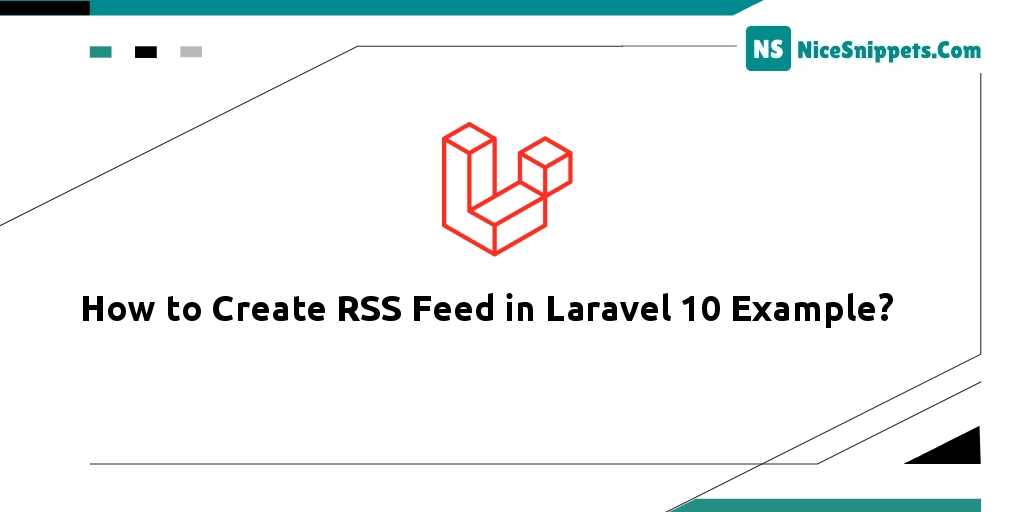10-May-2023
.
Admin

Hi dev,
You can see in this post an illustration of how to utilise Chat GPT in Laravel. Now let's talk about using the Chatgpt api in Laravel. You'll find a straightforward example of the laravel chat gpt api in this article. Laravel chatgpt api sample is available. So let's get into the specifics.
A language model called Chat GPT (Generative Pre-trained Transformer) was created by OpenAI with the goal of producing text that resembles human speech in response to a conversation or prompt. With billions of parameters, it is one of the most sophisticated and extensive language models ever created.
A sizable collection of text from the internet, including books, papers, and web pages, served as the training data for Chat GPT. Using a self-supervised learning methodology, the model is trained to attempt to predict the following word in a given string of text. By doing so, the model may pick up on linguistic patterns and structures and produce replies that are logical and appropriate for the situation.
I will show how to use open AI in Laravel in this post. We'll build a straightforward get route and use HTTP client facade to use openai apt to retrieve data. Numerous models including GPT-3, GPT-3.5, GPT-4, and davinci are available in Open AI. We will gather data using gpt-3.5-turbo.
Let's follow below steps:
Step 1: Install Laravel
This step is not required; however, if you have not created the laravel app, then you may go ahead and execute the below command:
composer create-project laravel/laravel example-app
Step 2: Create Post Migration and Model
In this step, we will create migration and model. So let's run below command to create posts table.
php artisan make:migration create_posts_table
Next, simple update below code to migration file.
database/migrations/create_posts_table.php
<?php
use Illuminate\Database\Migrations\Migration;
use Illuminate\Database\Schema\Blueprint;
use Illuminate\Support\Facades\Schema;
return new class extends Migration
{
/**
* Run the migrations.
*
* @return void
*/
public function up(): void
{
Schema::create('posts', function (Blueprint $table) {
$table->id();
$table->string('title');
$table->string('slug');
$table->text('body');
$table->timestamps();
});
}
/**
* Reverse the migrations.
*
* @return void
*/
public function down(): void
{
Schema::dropIfExists('posts');
}
};
Then run created new migration with below command:
php artisan migrate
Now, run below command to create Post model.
php artisan make:model Post
Then update following code to Post model.
app/Models/Post.php
<?php
namespace App\Models;
use Illuminate\Database\Eloquent\Factories\HasFactory;
use Illuminate\Database\Eloquent\Model;
class Post extends Model
{
use HasFactory;
protected $fillable = [
'title', 'slug', 'body'
];
}
Step 3: Create Post Factory
In this step, we will create Post factory class and generate dummy records using tinker command. so let's run below command to create post factory.
php artisan make:factory PostFactory
Next, copy below code and update PostFactory.php file.
database/factories/PostFactory.php
<?php
namespace Database\Factories;
use Illuminate\Database\Eloquent\Factories\Factory;
use App\Models\Post;
use Illuminate\Support\Str;
/**
* @extends \Illuminate\Database\Eloquent\Factories\Factory<\App\Models\Post>
*/
class PostFactory extends Factory
{
/**
* The name of the factory's corresponding model.
*
* @var string
*/
protected $model = Post::class;
/**
* Define the model's default state.
*
* @return array
*/
public function definition(): array
{
return [
'title' => $this->faker->text(),
'slug' => Str::slug($this->faker->text()),
'body' => $this->faker->paragraph()
];
}
}
Then simply run tinker command and create dummy posts.
php artisan tinker
App\Models\Post::factory()->count(30)->create();
Step 4: Create Route
In this step, we will create one route sitemap.xml. so let's add it.
routes/web.php
<?php
use Illuminate\Support\Facades\Route;
use App\Http\Controllers\RSSFeedController;
/*
|--------------------------------------------------------------------------
| Web Routes
|--------------------------------------------------------------------------
|
| Here is where you can register web routes for your application. These
| routes are loaded by the RouteServiceProvider within a group which
| contains the "web" middleware group. Now create something great!
|
*/
Route::get('feed', [RSSFeedController::class, 'index']);
Step 5: Create Controller
In this step, we have to create new controller as RSSFeedController with index(). we will get all posts and pass to blade file. we will return response as xml file. so let's update follow code:
app/Http/Controllers/RSSFeedController.php
<?php
namespace App\Http\Controllers;
use Illuminate\Http\Request;
use App\Models\Post;
use Illuminate\Http\Response;
class RSSFeedController extends Controller
{
/**
* Write code on Method
*
* @return response()
*/
public function index(): Response
{
$posts = Post::latest()->get();
return response()->view('rss', [
'posts' => $posts
])->header('Content-Type', 'text/xml');
}
}
Step 6: Create View File
In Last step, let's create rss.blade.php for display all posts and put following code:
resources/views/rss.blade.php
<?=
'<?xml version="1.0" encoding="UTF-8"?>'.PHP_EOL
?>
<rss version="2.0">
<channel>
<title><![CDATA[ Nicesnippets.com ]]></title>
<link><![CDATA[ https://your-website.com/feed ]]></link>
<description><![CDATA[ Your website description ]]></description>
<language>en</language>
<pubDate>{{ now() }}</pubDate>
@foreach($posts as $post)
<item>
<title><![CDATA[{{ $post->title }}]]></title>
<link>{{ $post->slug }}</link>
<description><![CDATA[{!! $post->body !!}]]></description>
<category>{{ $post->category }}</category>
<author><![CDATA[Hardk Savani]]></author>
<guid>{{ $post->id }}</guid>
<pubDate>{{ $post->created_at->toRssString() }}</pubDate>
</item>
@endforeach
</channel>
</rss>
Run Laravel App:
All the required steps have been done, now you have to type the given below command and hit enter to run the Laravel app:
php artisan serve
Now, Go to your web browser, type the given URL and view the app output:
http://localhost:8000/feed
I hope it can help you...
#Laravel 10